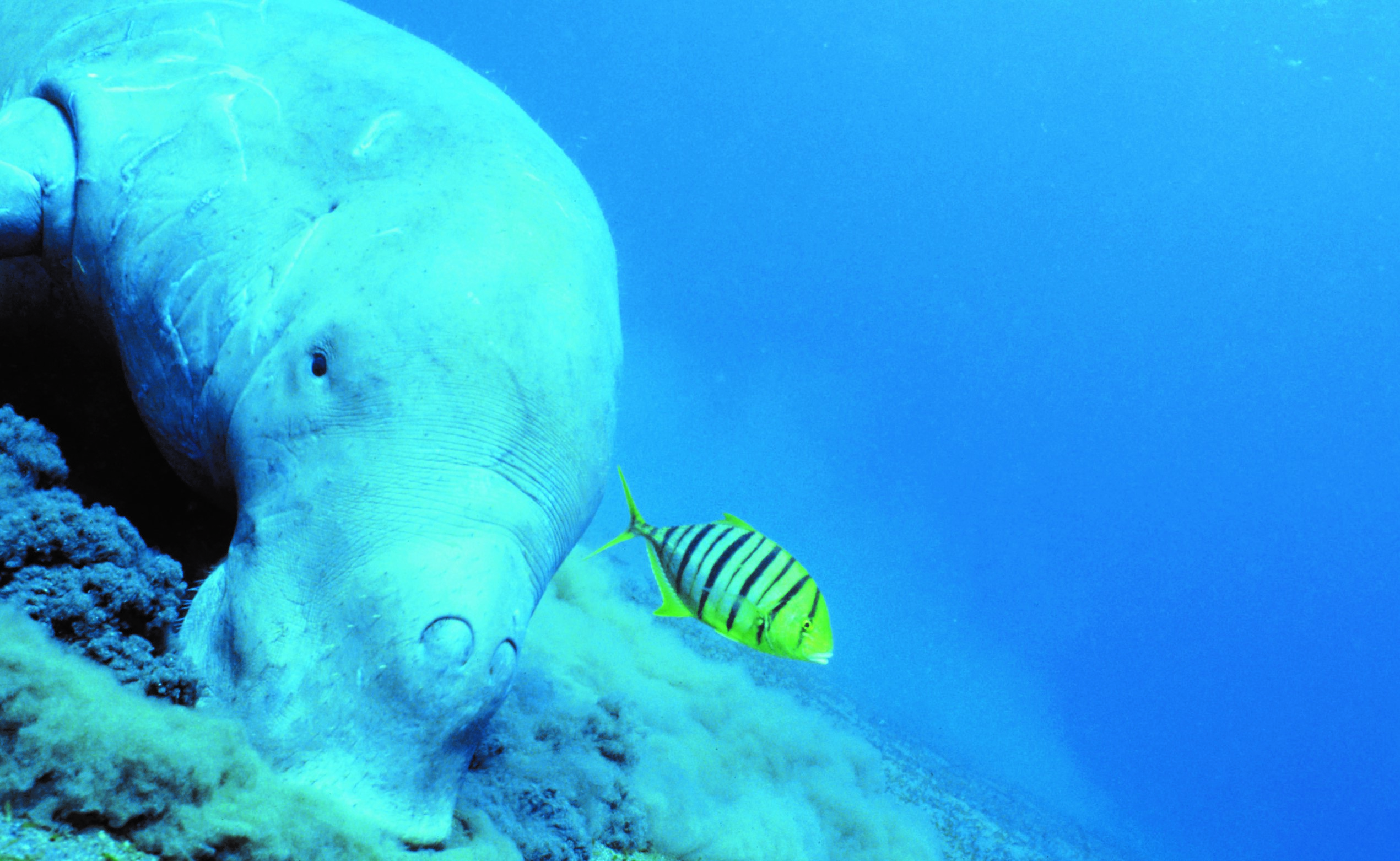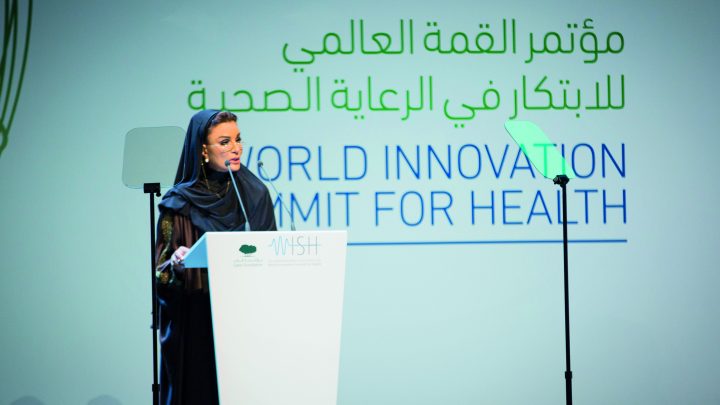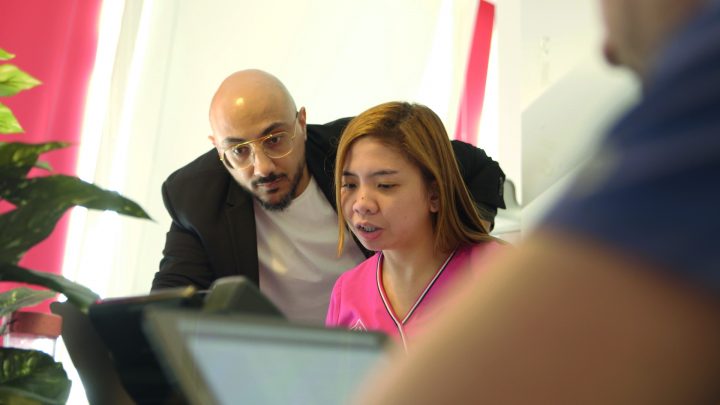December 2018
Mohamad Y Al Sulaiti
Mohamad Y Al Sulaiti PhD, Research Director at ExxonMobil Research Qatar, explains the objectives of the programme and talks about what makes dugongs such fascinating creatures.
What is significant about the dugong population in Qatar?
Qatari dugongs are part of a larger group found in the Arabian Gulf – which we think is around 6,000 to 7,000 individuals – and the second largest group in the world, second only to Australia. The largest aggregation of dugongs ever recorded was of the Qatari dugong – more than 670 animals. As recently as one hundred years ago in the Gulf, dugongs were hunted and used for food, leather, and as a source of oil.
Why and when was the programme created?
Dugongs are listed by the International Union for Conservation of Nature (IUCN) as “vulnerable”. We realised that there was a need to develop a better understanding of Qatar’s dugong population and how we could help protect it. So in 2014, an agreement was signed between ExxonMobil Research Qatar (EMRQ), Texas A&M University and Qatar University (QU). A great deal of our initial work has focused on examining stranded specimens, giving us information on the demographics of the population in Qatari waters.
ExxonMobil Research Qatar, in collaboration with Texas A&M University at Galveston and with support from Qatar’s Ministry of Municipality and Environment, is working on a major programme to study the conservation of Qatar’s dugong population.
What are the objectives of the research on Qatar’s dugong population?
The dugong is a fascinating species and we want to try our best to understand and protect it now and for generations to come. Dugongs help maintain healthy seagrass meadows, which are important fish nurseries, and a food source for sea turtles. They help ensure vegetative balance and a healthy ecosystem. They also add to the marine biodiversity of the region. They are facing a high risk of extinction – so I would say that we have three main objectives: to learn more about Qatar’s dugong population; to educate Qataris and those living in Qatar that these animals exist in our waters and are important to the ecosystem; and to ensure their longterm protection.
Since the inception of the project, have there been any significant findings?
We actually made an alarming discovery when we started fieldwork – a significant number of dugongs were dying and stranding on Qatar’s beaches. Fishing nets or ropes impacted some of these animals – sadly, they became entangled in them and drowned. So we hope to protect them from these dangers.

Qatar Science & Technology Park (QSTP)
ExxonMobil Research Qatar is based in Qatar Science & Technology Park. QSTP is an incubator of start-up technology businesses and a hub for technology companies in Qatar, and is also the country’s first free-trade zone.
It was inaugurated in March 2009 as part of Qatar Foundation (QF). The purpose of QSTP is to be an international hub for science and technology innovation, tech based entrepreneurship and high-tech businesses, and spur the development of Qatar’s knowledge economy.
QSTP’s Mission:
Support tech-entrepreneurship ventures in Qatar through incubation, funding, training, mentorship, and connection to the wider regional and global tech innovation field.
Accelerate innovation within the private sector thanks to programmes and grants that encourage new product development, innovation and collaboration with QF’s research institutes.
Create an environment ripe for innovation and collaboration by attracting and supporting tenants focused on development of tech-based products and services and the commercialisation of scientific research.






